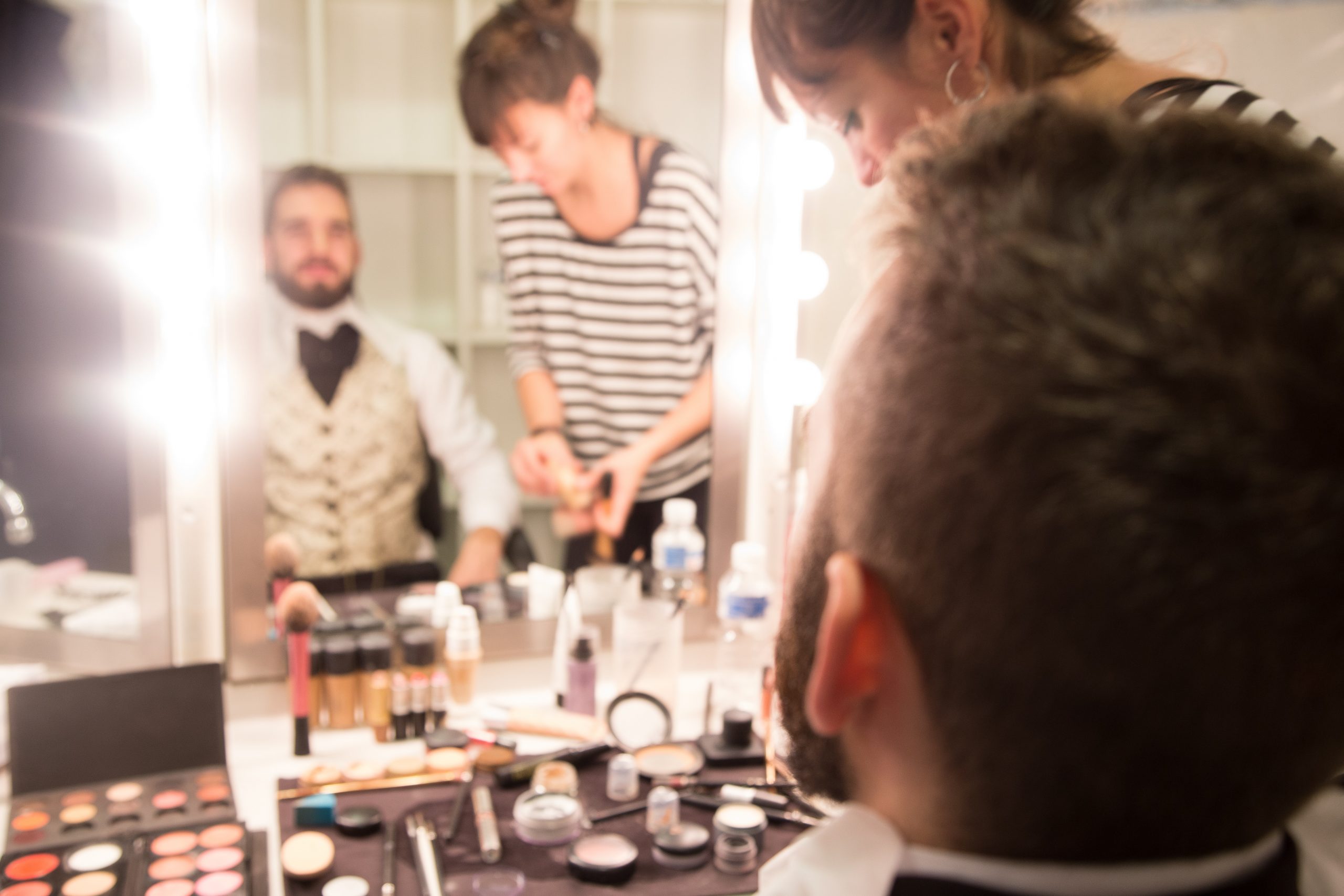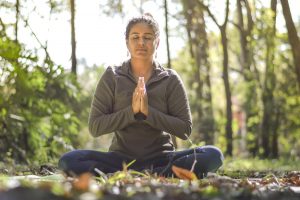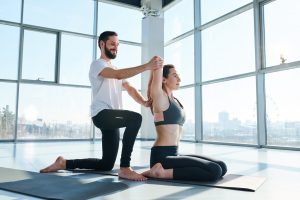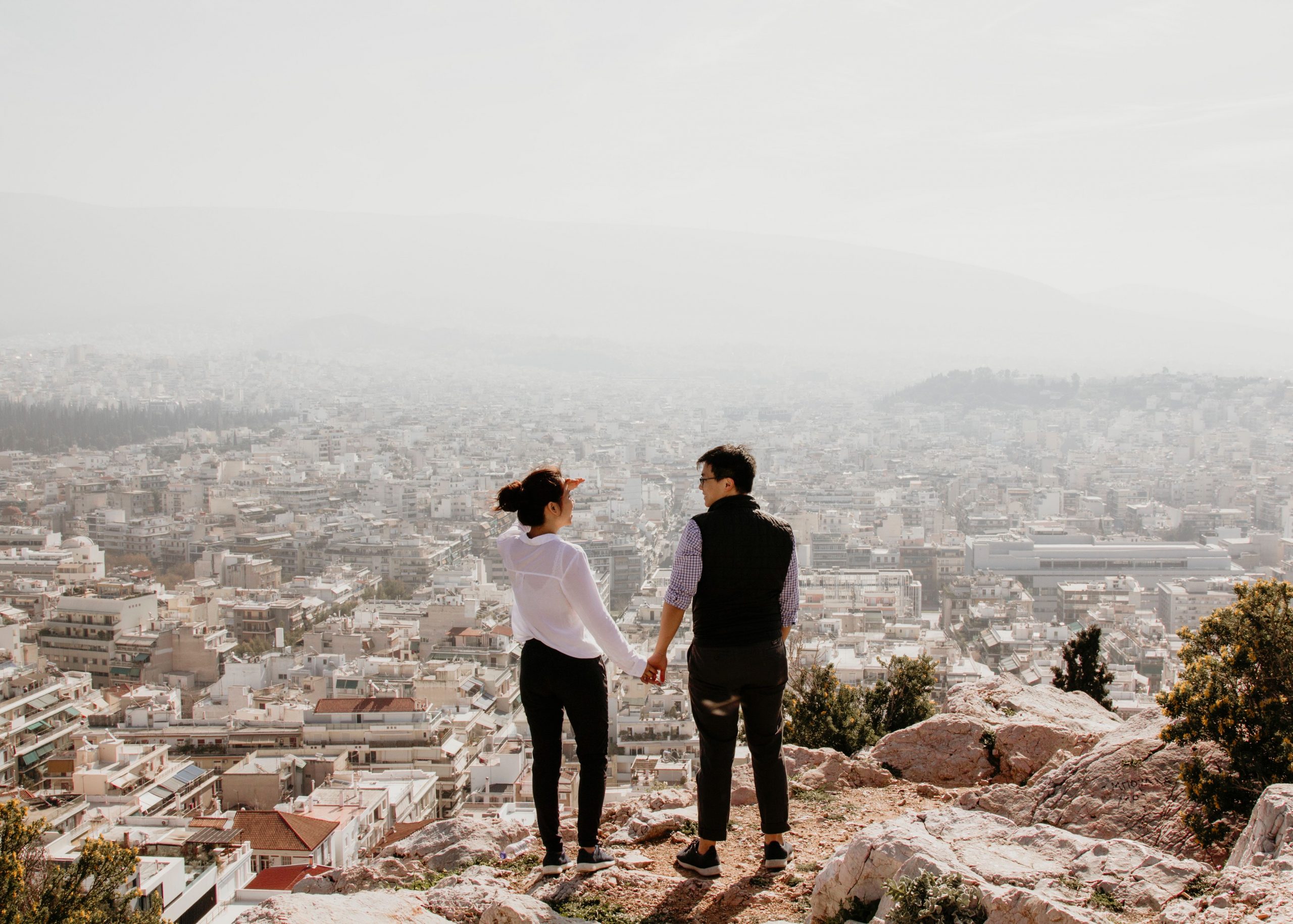The Tea
Frantic line memorization. Achingly long and boring monologues. Running scenes to the point of exhaustion. This is the idea some have of theatre, but that’s not always what it looks like. Some acting schools and classes are indeed limited to the production of shows and nothing more, or to things such as method acting or specific theatre styles, however, many teachers and directors have opted for a more traditional approach to their craft.
The Brew
Known as the Suzuki method of acting, this technique dates back to Japanese Noh and Kabuki theatre. In the 1960s, theatre director and writer Tadashi Suzuki brought it back to life.
What is the Suzuki Method?
Suzuki training aims to connect acting students with their own bodies and to establish remarkable physical control and awareness. “The purpose of the training is to help the actors to learn to concentrate strongly,” says Suzuki, “That way they can reach their expressions.”
Tadashi Suzuki identifies something called “animal energy,” which, put simply, is energy coming from the human body. He believes modernization and industrialization have made us less reliant on animal energy because machines nowadays do so much for us;
Culture, Suzuki says, resides in animal energy, and in order to become successful actors, we must tap into that part of ourselves. The Suzuki method focuses on three aspects of the body: energy production, breath calibration, and center of gravity control. He refers to these aspects as “the invisible body,” as we don’t pay them much attention in our everyday lives. Suzuki training zeroes in on learning to listen to these parts of our bodies so that we may have more physical freedom and capability on the stage.
What Does Suzuki Training Look Like?
One exercise in Suzuki training is ten “walks,” which strengthen the center of gravity control as actors keep their upper body stationary while stomping, sliding pigeon-toed, or walking with feet curled inward across the floor.
In another exercise, “statues,” students squat low to the ground, heads down and hands in fists at their sides. The teacher whacks a stick on the ground and the actors spring up, taking on any pose and freezing in place. With another hit of the stick, they return just as rapidly to their original positions. In “seated statues,” the students sit, arms around their knees and heads down, and take on a pose balancing on their bottoms with arms and legs outstretched. While in a pose, their teacher may ask them to recite a monologue, and in full voice, they do so in unison, then return to their original positions when the stick again hits the ground.
Of course, Suzuki training is far more than just these exercises, but this is just a small glimpse into its history and its challenging yet beautiful techniques.
Sources:
-https://www.latimes.com/archives/la-xpm-1985-01-23-ca-14665-story.html -https://www.nineyearstheatre.com/en/abt-suzuki.php -https://www.scot-suzukicompany.com/en/philosophy.php






















0 Comments for “When Martial Arts Meet The Stage: Empowerment Lessons Drawn From The Suzuki Acting Method”